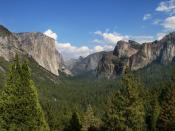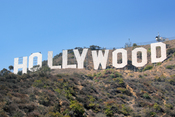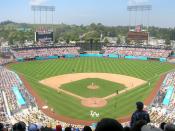Tourist Attractions
One tourist attraction is Yosemite National Park. It became a national park in 1890. There are towering mountains, a valley, and crystal waterfalls. There are also giant sequoia trees that are more than three thousand years old. Another tourist attraction is Disneyland. Disneyland is the most visited attraction in California. It's filled with rides, mascots, restaurants, shows, games and more. Universal Studios is the second most visited place in California. It has the largest working film and TV studio, and visitors can enjoy behind-the-scenes action from famous cinematic productions. Another attraction is Death Valley National park. There is hiking, biking and guided walks available.
State Bird
California's state bird is the California valley quail. It became the official state bird in 1931. It is known for its hardiness and adaptability. Flocks number from a few to 60 or more in the fall and winter months. In the spring break to pairs.
They nest in hollows scratch in the ground and concealed by foliage. Their eggs, 6 to 28 in number are creamy white and thickly spotted with golden brown.
State Flower
California's state flower is the Golden Poppy. It became the state's official flower on March 2, 1903. California poppy blossoms are two to three inch cups of gold, bronze, scarlet, terra cotta, rose or white. They bloom on plants with silvery green plants, about a foot high, usually broader than they are tall. Early sailors are said to have nicknamed California La Tierra del Fuego, or "Land of Fire," for the rolling foothills carpeted with poppies. At that time, the golden poppy grew throughout California, but hardly anywhere else. Native Americans living in the Northern Sacramento Valley boiled and ate the feathery foliage, and in Southern California, Spanish Californians and Indians made a hair dressing out of...



Comment
I'm from California, and you did a great job explaining the attractions that California has to offer from the north to the south.
0 out of 0 people found this comment useful.